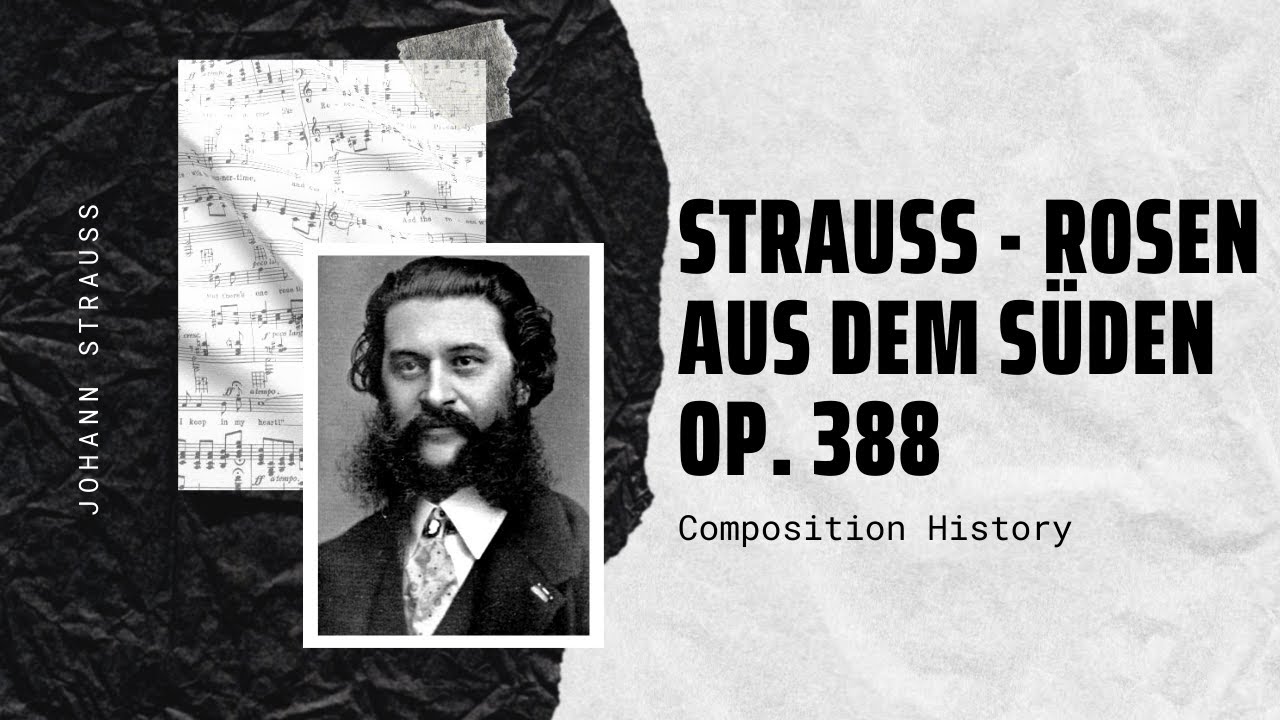Handel – Israel in Egypt
Georg Friedrich Händel Israel in Egypt (HWV 54) is a biblical oratorio by the composer George Frideric Handel. Most scholars believe the libretto was prepared by[…]

Strauss – Rosen aus dem Süden Op. 388
Johann Strauss – Rosen aus dem Süden Op. 388 Johann Strauss I (German: Johann Baptist Strauß, Johann Strauss (Vater); also Johann Baptist Strauss, Johann Strauss Sr.,[…]

Mozart – Ave Verum K 618
Wolfgang Amadeus Mozart Ave verum corpus (Hail, true body), (K. 618), is a motet in D major composed by Wolfgang Amadeus Mozart in 1791. It is[…]

Mozart – Violin Concerto No. 5 K 219
Wolfgang Amadeus Mozart The Violin Concerto No. 5 in A major, K. 219, often referred to by the nickname The Turkish, was written by Wolfgang Amadeus[…]

Chopin – Impromptu No. 4
Frédéric Chopin – Impromptu No. 4 Op. 66 Frédéric Chopin’s Fantaisie-Impromptu (Polish: Fantazja-Impromptu) in C♯ minor Op. posth. 66 is a solo piano composition. It was[…]

Mozart – Great Mass in C minor K 427
Wolfgang Amadeus Mozart Great Mass in C minor (German: Große Messe in c-Moll), K. 427/417a, is the common name of the musical setting of the mass[…]

Mozart – Divertimento in B Flat Major K 137
Wolfgang Amadeus Mozart – Divertimento in B Flat Major K 137 (Salzburg Symphony No. 2) Wolfgang Amadeus Mozart (27 January 1756 – 5 December 1791), baptised[…]

Arcangelo Corelli – 12 Concerti Grossi, Op. 6 Concerto No. 4 in D major
Arcangelo Corelli – 12 Concerti Grossi, Op. 6 Concerto No. 4 in D major Arcangelo Corelli (17 February 1653 – 8 January 1713) was an Italian[…]

Glière – Symphony No. 3 Op. 42
Reinhold Glière The Symphony No. 3 in B minor “Ilya Muromets”, Op. 42, is a large symphonic work by Russian composer Reinhold Glière. A program symphony,[…]

Torelli – Trumpet Concerto in D ‘Estienne Roger 188
Giuseppe Torelli – Trumpet Concerto in D ‘Estienne Roger 188 Giuseppe Torelli (22 April 1658 – 8 February 1709) was an Italian violist, violinist, teacher, and[…]